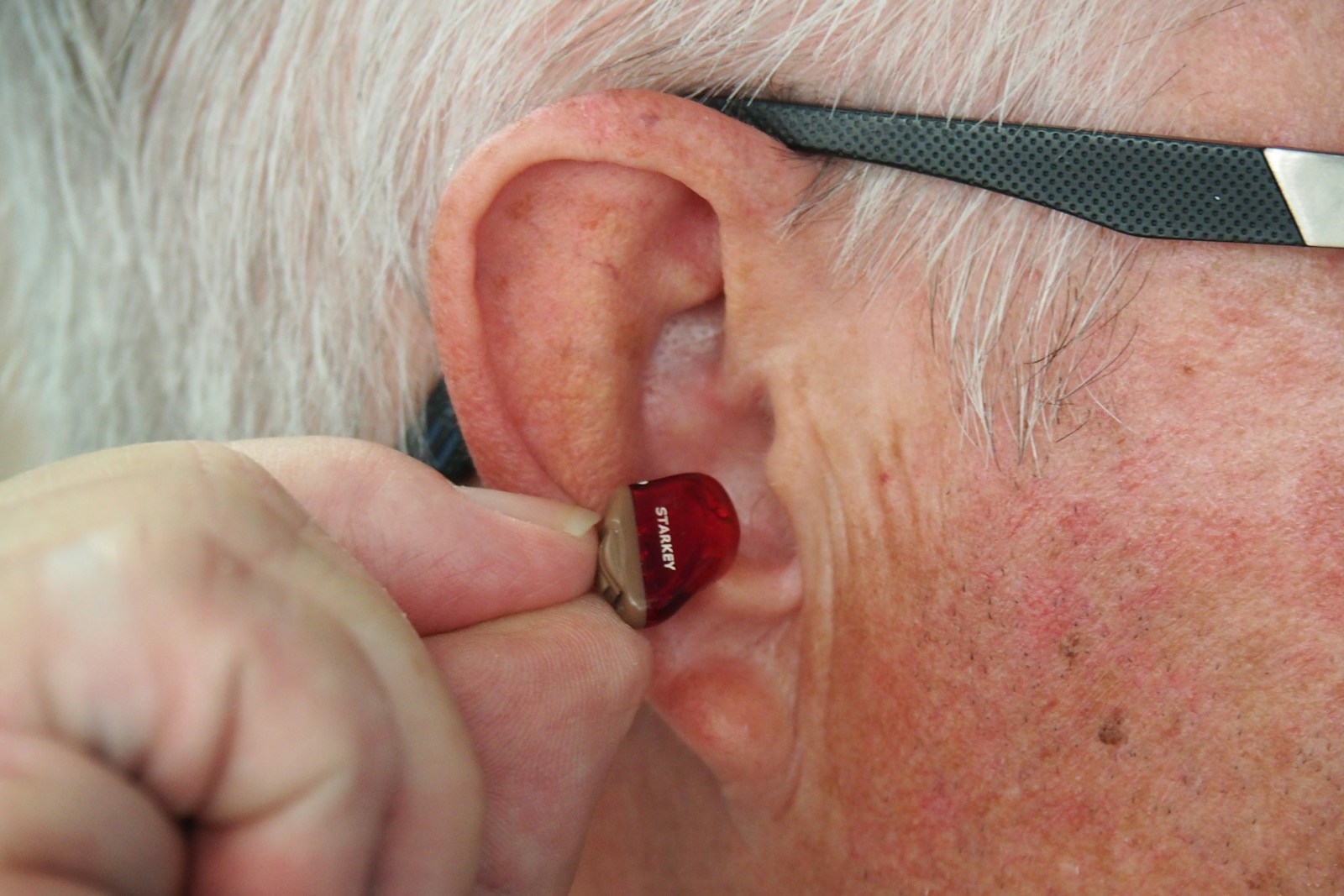At Prudent Hearing Solutions, we are committed to helping you find the best hearing aid that meets your needs and lifestyle. Whether you’re in Pune, Delhi, Bengaluru, or Chennai, our expert audiologists are here to guide you. In this article, we explore ITE hearing aids with Bluetooth technology, their benefits, and how to choose the right one for you.
What Are ITE Hearing Aids?
In-the-Ear (ITE) hearing aids are custom-made devices that fit directly into the ear. They come in two main types:
- Full Shell ITE: Fits the entire outer ear and is suitable for severe hearing loss.
- Half Shell ITE: Fits the lower part of the outer ear and is less visible, suitable for mild to moderate hearing loss.
Advantages of ITE Hearing Aids
- Custom Fit: Made to fit the unique shape of your ear.
- Convenience: Easy to insert and remove.
- Discreet: Less visible than behind-the-ear models.
Bluetooth Technology in Hearing Aids
Bluetooth technology allows your hearing aids to connect wirelessly to other devices, such as smartphones, TVs, and computers. This technology enhances the functionality and convenience of hearing aids.
How Bluetooth Works in Hearing Aids
Bluetooth-enabled hearing aids use wireless technology to communicate with other devices, allowing for direct streaming of audio.
Benefits of Bluetooth-Enabled Hearing Aids
- Improved Sound Quality: Clearer and more natural sound.
- Wireless Connectivity: Seamless connection to multiple devices.
- Hands-Free Calling: Answer calls directly through your hearing aids.
- Streaming Music and Audio: Enjoy music, podcasts, and more directly in your ears.
- Enhanced User Control: Adjust settings via smartphone apps.
Benefits of ITE Hearing Aids with Bluetooth
Combining the custom fit of ITE hearing aids with Bluetooth technology offers numerous benefits:
- Superior Sound Experience: Enjoy high-quality audio tailored to your hearing needs.
- Convenient Streaming: Directly stream calls, music, and other audio without additional accessories.
- Discreet and Comfortable: Custom-fit design ensures comfort and minimal visibility.
How to Choose the Right ITE Hearing Aid with Bluetooth
Considerations for Selection
- Device Compatibility: Ensure the hearing aid is compatible with your smartphone and other devices.
- Battery Life: Look for models with long battery life and consider rechargeable options.
- Comfort and Fit: Custom fitting by a professional ensures comfort.
- Budget and Cost: Determine your budget and compare features across models.
User Reviews and Testimonials
Hearing from other users can provide valuable insights. Many of our customers in Pune, Delhi, Bengaluru, and Chennai have shared positive experiences with their Bluetooth-enabled ITE hearing aids.
Professional Fitting and Customization
A professional fitting is crucial for optimal performance of your ITE hearing aids. Our audiologists at Prudent Hearing Solutions will guide you through the customization process, ensuring your hearing aids fit perfectly and meet your specific needs.
Follow-Up Care and Adjustments
Regular follow-up appointments ensure your hearing aids are functioning correctly and allow for any necessary adjustments.
Maintaining and Caring for Your ITE Hearing Aid with Bluetooth
Proper maintenance extends the life of your hearing aids:
- Daily Care: Clean your hearing aids regularly and store them in a dry place.
- Troubleshooting: Address common issues like connectivity problems or battery replacement.
- Regular Check-Ups: Visit your audiologist for periodic check-ups and professional cleaning.
Conclusion
ITE hearing aids with Bluetooth technology offer a perfect blend of comfort, discretion, and advanced functionality. At Prudent Hearing Solutions, we are dedicated to helping you find the best hearing aid for your needs. Visit our locations in Pune, Delhi, Bengaluru, and Chennai for personalized advice and expert guidance.
FAQs
Q1: What are ITE hearing aids?
A: ITE hearing aids are custom-made devices that fit directly into the ear and come in full shell and half shell types.
Q2: How does Bluetooth work in hearing aids?
A: Bluetooth technology allows hearing aids to connect wirelessly to other devices, enabling direct streaming of audio.
Q3: What are the benefits of Bluetooth-enabled ITE hearing aids?
A: Benefits include improved sound quality, wireless connectivity, hands-free calling, audio streaming, and enhanced user control.
Q4: How do I choose the right ITE hearing aid with Bluetooth?
A: Consider device compatibility, battery life, comfort, fit, and budget.
Q5: Why is professional fitting important?
A: Professional fitting ensures your hearing aids fit comfortably and function optimally, tailored to your specific hearing needs.
For more information and to find the perfect hearing aid, visit Prudent Hearing Solutions in Pune, Delhi, Bengaluru, or Chennai. We’re here to help you enhance your hearing experience.






